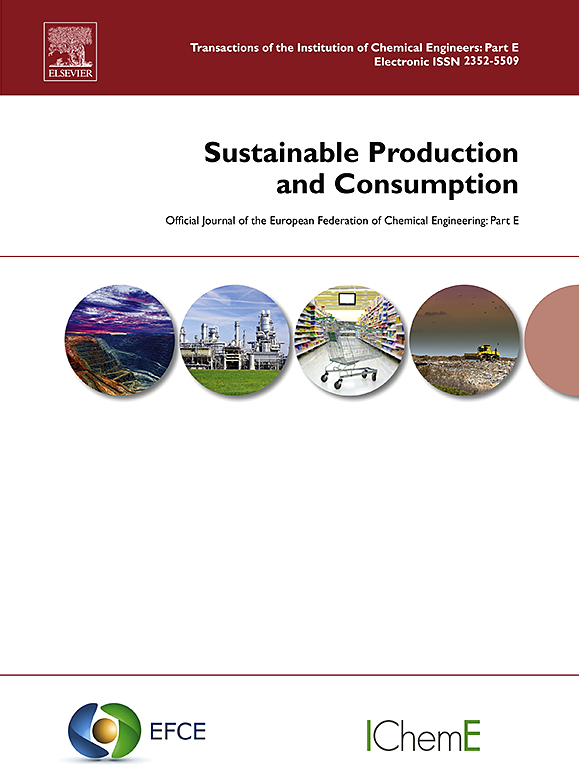Sustainability assessment of multi-life cycle recycling of copper based on the economic, resource and carbon criteria
IF 10.9
1区 环境科学与生态学
Q1 ENVIRONMENTAL STUDIES
引用次数: 0
Abstract
Copper's multi-life cycle recycling ensures sustainable copper supply but has brought about complex interrelated effects on the economy, resources, and environment. Examining the interconnections between the three to promote balance is crucial for the long-term sustainability of the copper industry. This study jointly utilized system dynamics, agent-based model, and life cycle assessment to construct interrelated pathways for the economy, resources, and carbon in multi-life cycle recycling of copper, then developed an economic-resource‑carbon (ERC) sustainability assessment model to evaluate sustainability. The results indicate that carbon neutrality will lead to sustained growth in China's copper demand, which will reach a peak of 24.65 Mt in 2039 before slightly declining. Multi-life cycle recycling will rapidly increase the share of recycled copper, and the copper industry will have the copper that has been recycled 12 times by 2050. The cumulative contributions of profit increase, resource depletion reduction, and carbon reduction brought by multi-life cycle recycling will accumulate with the increase of recycling times, thereby improving the ERC sustainability. To promote the long-term sustainability of the copper industry, we recommend fully leveraging the advantages of new material substitution before 2030, implementing a carbon tax as soon as possible after 2030, and recognizing the potential of expanding copper concentrate imports after 2040 while enforcing the carbon tax policy.

求助全文
约1分钟内获得全文
求助全文
来源期刊

Sustainable Production and Consumption
Environmental Science-Environmental Engineering
CiteScore
17.40
自引率
7.40%
发文量
389
审稿时长
13 days
期刊介绍:
Sustainable production and consumption refers to the production and utilization of goods and services in a way that benefits society, is economically viable, and has minimal environmental impact throughout its entire lifespan. Our journal is dedicated to publishing top-notch interdisciplinary research and practical studies in this emerging field. We take a distinctive approach by examining the interplay between technology, consumption patterns, and policy to identify sustainable solutions for both production and consumption systems.
 求助内容:
求助内容: 应助结果提醒方式:
应助结果提醒方式:


